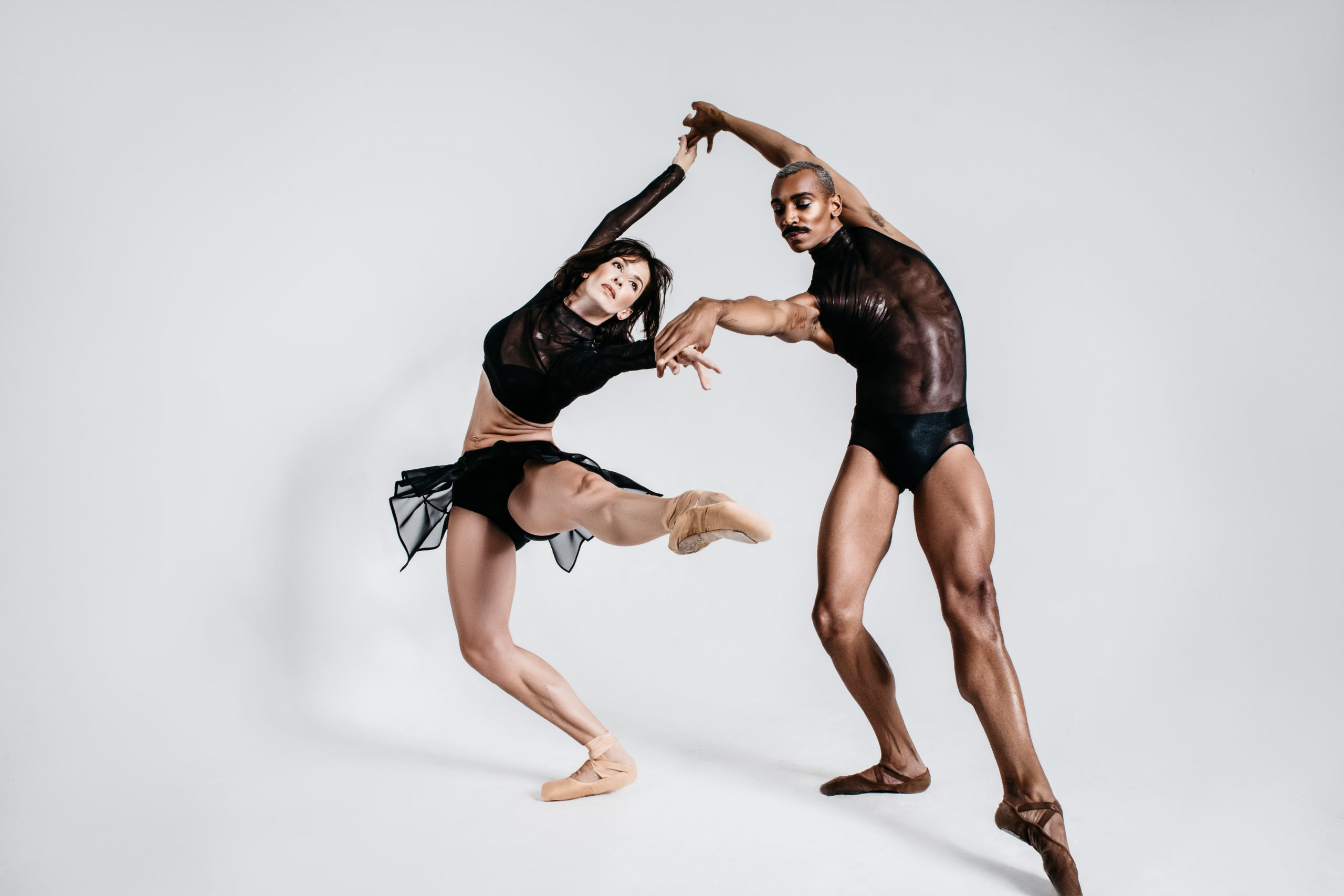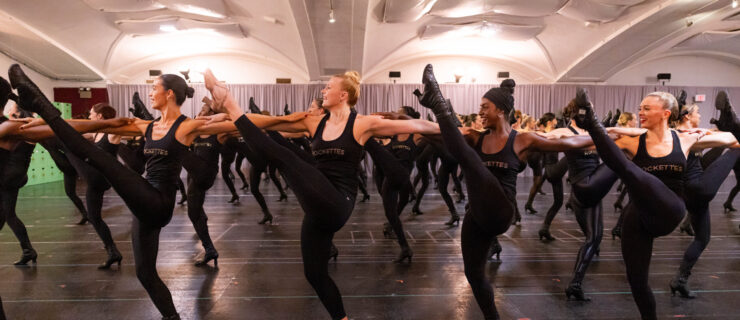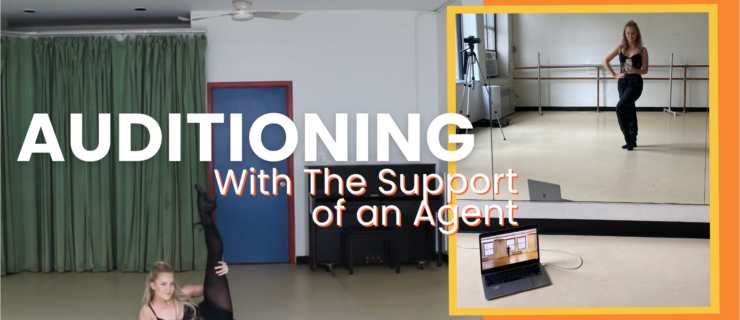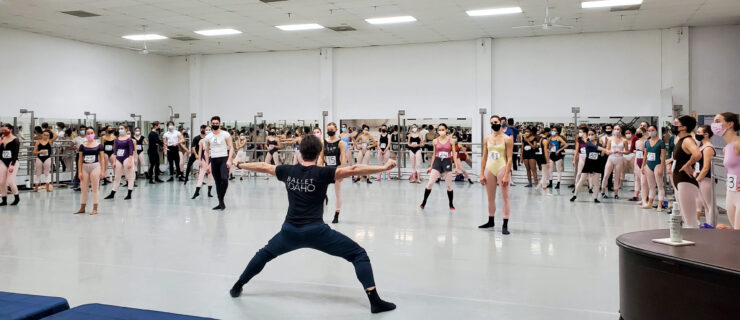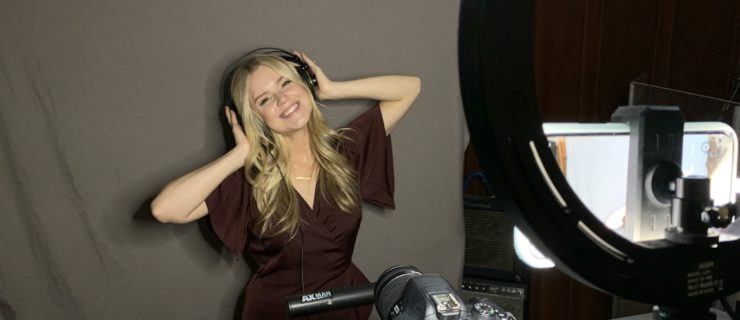Use Your Voice: 8 Slating Tips for Auditions
With millions of things to think about before an audition, it’s easy to forget about slating, or the moment before actually auditioning when you introduce yourself to the panel, whether on a self-tape or at an in-person casting call. But neglecting this opportunity is a mistake, says Clifford Williams, rehearsal director/company répétiteur for Complexions Contemporary Ballet. Watching dancers slate before auditioning for Complexions has convinced him that “it’s necessary to have a physical voice, because of the way our industry is moving: You have to know how to ‘turn it on’ for the camera and in person.”
DO Relax
Franklyn Warfield, senior manager of theatrical casting for Norwegian Cruise Line, is a former dancer himself. So he’s sympathetic to the nerves that take over many dancers when asked to speak or sing at an audition. “I think a lot of dancers don’t feel that they can bring themselves to the table, or that they’re allowed to take up space and time,” he says. “We are here to see you.”
Slow down (more than you feel you need to, since most people talk faster when they’re nervous), so that the casting team can clearly hear your name. “Don’t pause too often, and try to reduce the ‘ums’ and ‘likes,’ ” Williams adds.
DO Rehearse It
Williams suggests practicing your slate beforehand, but not so much that you sound over-rehearsed or robotic. Try filming yourself to catch anything you’d like to change.
DON’T Ignore Instructions
Whether the directions call for your height, agency representation, geographic location or the name of the song you’re performing, they’re there for a reason, Warfield says. “Whatever parameters or requests I’m communicating as a casting director, they’re not arbitrary.” You don’t want to give casting any reason to eliminate your self-tape before they even see you perform.
DO Keep It Brief
Looking to show your personality through an additional fun fact that’s not specifically asked for? “You get one,” Williams says. “You can add one thing if it’s actually quirky and fun, but don’t deviate too far.” Respect the hiring team’s time.
DO Be Flexible
In an attempt to peek past a rigid “audition persona,” casting directors will sometimes ask for something spontaneous when you slate at in-person auditions. Be ready to tell a clean joke, recount an embarrassing story or share something fun about yourself.
DON’T Slate When It’s Unnecessary
Only slate when it makes sense to. “If you walk into the room and I say, ‘Helen! So good to see you again,’ we’ve established the fact that we know who you are,” Warfield says. “To then go into a slate feels awkward and inauthentic.”
DON’T Forget About Body Language
“You always want to appear bright, energetic and open,” Williams says. In body language, that translates to having your arms down by your side or behind your back—never crossed in front of you, since that reads as confrontational. “Sometimes dancers revert back to a rigid bevel or hands on hips, as an attempt to hold all their nervous energy in,” Warfield says. “Don’t be lackadaisical about your body language, but show that you’re open to a normal human interaction, or even some banter.”
DO Be Intentional About Your Focus
Mimic eye contact by looking straight into the lens for a self-tape (not at the moving image of yourself, no matter how good you look!). At an in-person audition, you can make real eye contact with the panel while slating, but remember to shift your focus just above and behind their heads as soon as you start performing.
